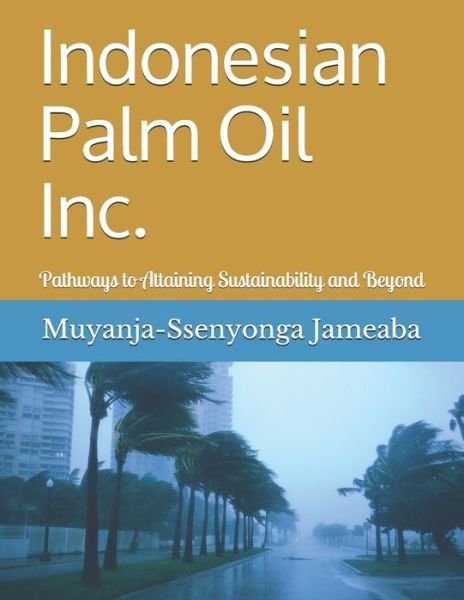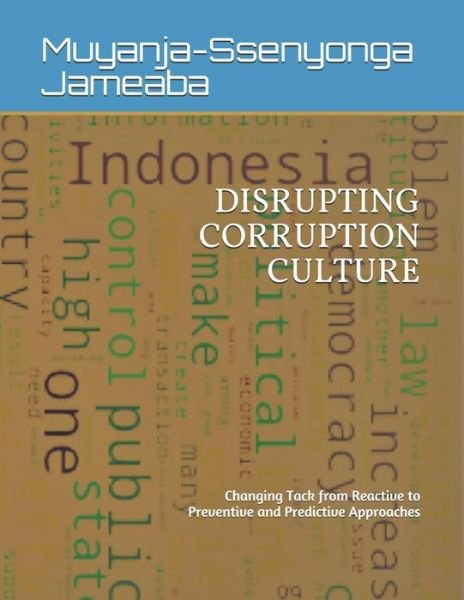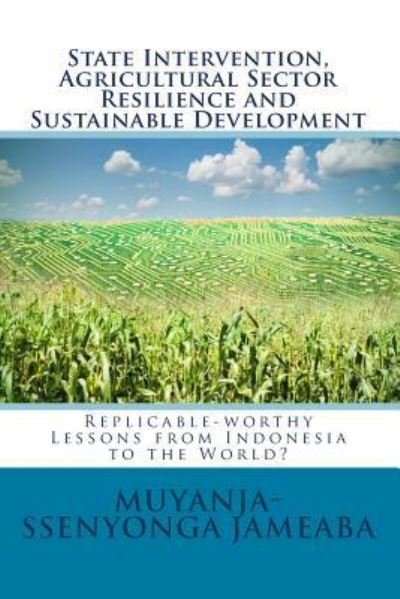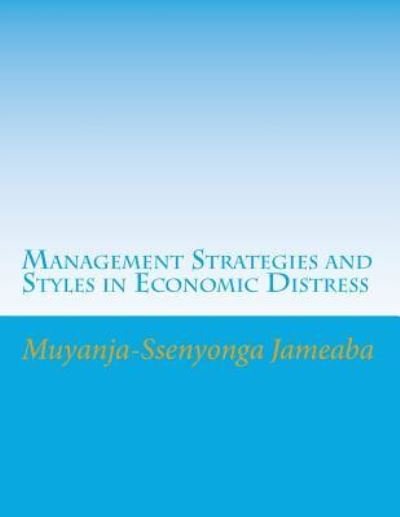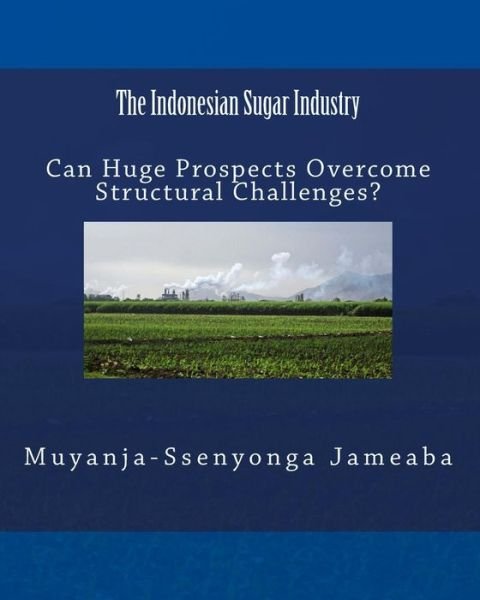
Tell your friends about this item:
The Indonesian Sugar Industry
Muyanja-Ssenyonga Jameaba
The Indonesian Sugar Industry
Muyanja-Ssenyonga Jameaba
The history of the Indonesian sugar industry is much more a tale of immense opportunities lost than a checklist of laudable accomplishments worth replicating and emulating. The country, which was once the envy of many, owing to its huge capacity of 179 sugar factories, vital sugar research center which, generated ever better sugar seedlings and potent treatments to fungi and bacterial infections affecting sugarcane plants, contributed to enabling the country to produce 3 million tons of sugar, and exporting 2.4 million tons in the 1930s. The country was catapulted into the juggernaut in the sugar industry in the World. However, that was then. Today, Indonesia evinces consternation for its capacity to undo policies, programs, and projects that pushed it to the heights then, and turning the sugar industry, which was the pride of the archipelago nation into a shadow of its former self. Indonesia, the fourth populous nation on earth, is home to 255 million people, utilizes on average of 3.653 million tons of sugar of which 2.760 million tons is for home use, and 0.893 is for industrial use. However, domestic production, which has been in a woeful state for decades characterized by falling production at 2 percent a year, means that the much that 59 mainly archaic factories can churn out is a mere 2.05 million tons(was expected to increase to 2.850 million tons by 2009). Yet demand is projected to increase by more than annual population growth of 1.4 percent in large due to demand from foods and beverages industry, and rising income per capita (direct consumption). Sugar self-sufficiency, initially expected to be achieved by 2014 was postponed to 2019, attesting to inherent uncertainty that surrounds the industry. Decades of negligence of the sugar industry cost the country's coffers an average of US$750 million a year (imports of 1.5 million tons of sugar at US$500 a ton). Moreover, the sugar industry, which is still labor intensive in the country, isn't able to contribute to the reduction of the burgeoning open unemployment that hovers around 5.5 percent. Nonetheless, some glimmer of hope, slowly but surely, started to glow on the horizon since 2003. Realization is abound that the sugar industry must be revitalized not only for the good of those directly and indirectly involved in it, in their millions; but importantly, for the economy as a whole. The sugar productivity acceleration program, which entails various interdependent components that encompass, rehabilitation of sugar factories, and improving infrastructure in sugarcane growing regions; sugarcane seedling nursery development; dismantling of ratoon sugarcane and replace it with planted cane using new seedlings; improving sugarcane farming practices; revisiting the production sharing arrangement between sugar companies and small holdings; and ensuring stable sugar prices, among others. That said, a catalogue of obstacles remain, which include regulatory uncertainty that change with change in government administration; uncertain sugar prices in the domestic market; inadequate funding facing sugar companies to enhance sugar processing capacity and provide credit to smallholders; limited funding for smallholders; unfair production sharing arrangements between large sugar companies and smallholders; scarcity of land to expand sugar growing; high cost of production; and competition from cheap sugar imports.
| Media | Books Paperback Book (Book with soft cover and glued back) |
| Released | May 25, 2017 |
| ISBN13 | 9781546939856 |
| Publishers | Createspace Independent Publishing Platf |
| Pages | 244 |
| Dimensions | 203 × 254 × 16 mm · 675 g |
| Language | English |
More by Muyanja-Ssenyonga Jameaba
See all of Muyanja-Ssenyonga Jameaba ( e.g. Paperback Book )


